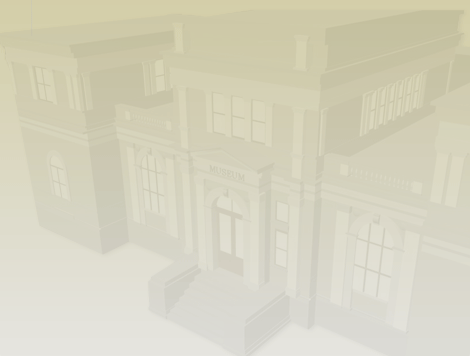As mentioned in Section 2 we have chosen Alias Maya 7.0 software for 3D modelling of the Museum. We used existing Maya’s vrml2Export.mll plug-in which enables exporting modelled objects into vrml files. Using standard export options for vrml2 file type we can obtain substantial results. However, losing quality is inevitable.
Complexity and details of 3D model enlarged the maya binary file (.mb), making it difficult to export it to VRML, on computers we used ( 2GHz CPU, 1GB RAM, 128MB GPU). That is why this model is not made for Internet viewing, but for browsing on the local computers. It was necessary to optimize 3D model itself as much as possible.
Optimisation process consisted of several stages:
1) Removing unnecessary details
At first we wanted to represent a model of the Museum as realistic as possible, adding as many details as we could. This provided a high quality model but very hard to manipulate with. Since the main idea of this project was to enable the user to interact with the
model using VRML, lots of details became unnecessary. These details could not be viewed in VRML player, and yet made it hard to move around the VRML scene. That is the reason why we removed those small parts of the model, making it lighter and easier to manipulate with.
2) Polygonal objects only
In the beginning the model consisted of some NURBS objects that made it look smooth, but enlarged the .mb file. We replaced those objects with polygons, and reduced the overall number of polygons. This also reduced the size of the file.
3) Combining and attaching object together
The first version consisted of several thousands objects. Using boolean operations and Polygon->Combine in Maya we combined and attached those objects into several groups.
Before optimisation our vrml files were the size of 145MB for the front building, and somewhat smaller for the other buildings. After optimisation the size of vrml file was reduced to 33MB for the front building, and proportionaly reduced for the others, too.
One way of optimization is creating multiple vrml files, showing different scenes for different parts of the Museum. Our project consists for now of 3 different vrml scenes (Figure 19):
SCENE 1 : - outdoor view of the Museum with a touch-sensor placed on the main entrance that opens scene 2
SCENE 2 : - main interior hall with touch-sensors placed on the panels showing different panoramic views of archaeology department, separate touch sensor leading to the scene 3 and a touch sensor to exit (back to scene 1)
SCENE 3 : - botanical garden with modelled and laser-scanned monuments (stećci), panoramic views and touch sensors to panoramic views of different museum departments (ethnographic, nature), separate touch sensors to interior hall (SCENE 2) and to exit.

Figure 19: Project scheme
|



